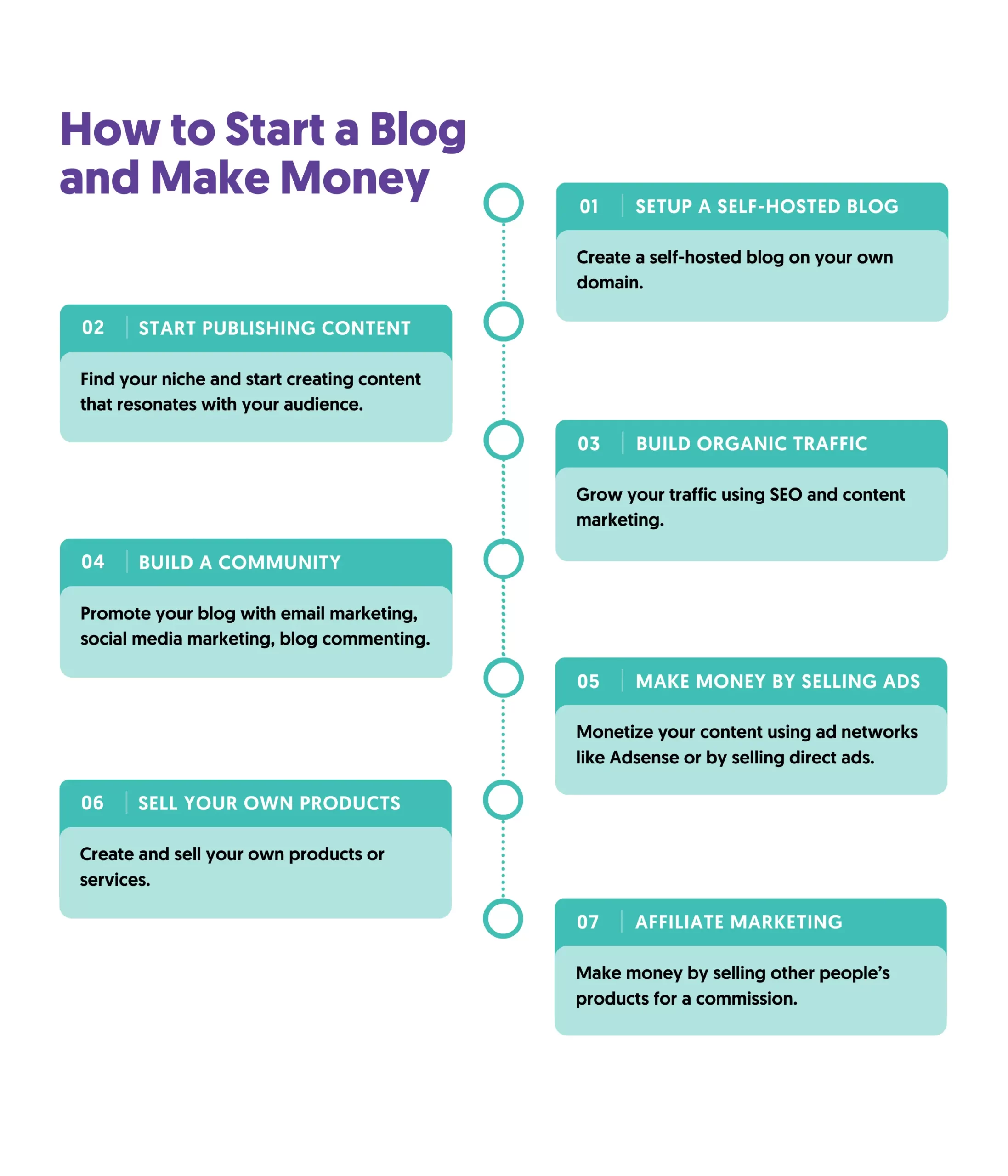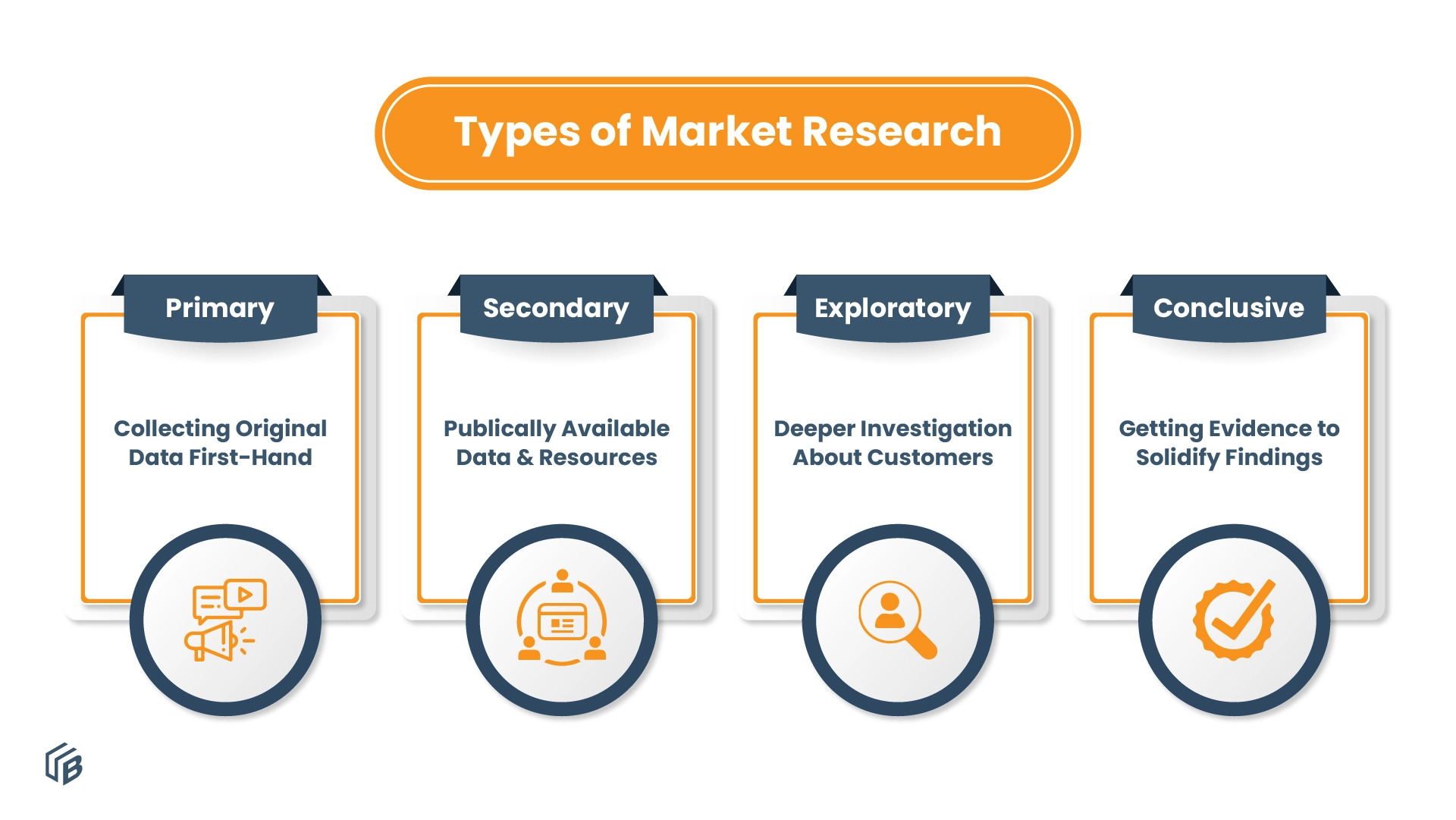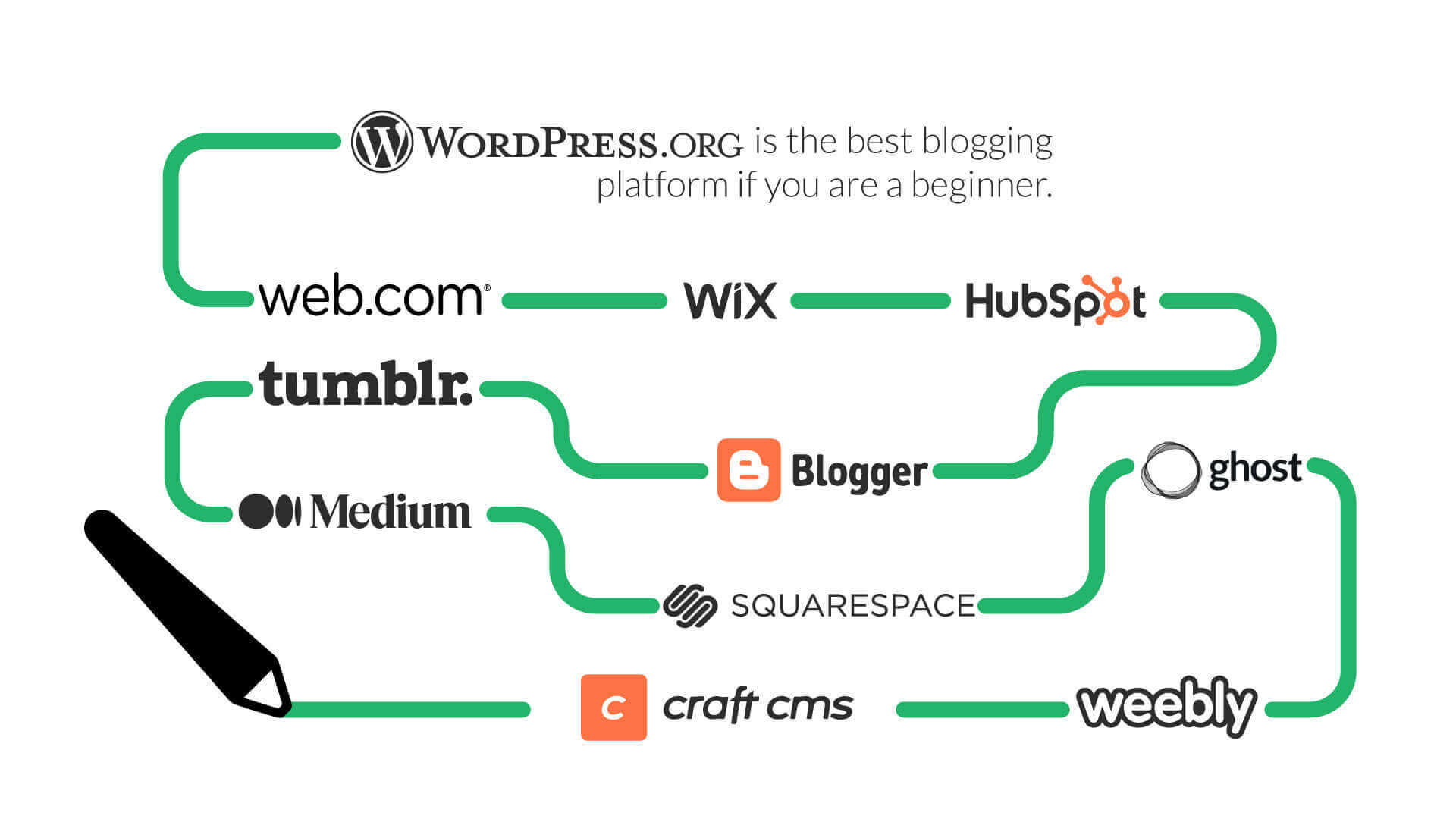Blogging has revolutionized the digital landscape, offering individuals a platform to share their thoughts, expertise, and passions with the world, starting a blog remains an exciting opportunity for aspiring writers, entrepreneurs, and influencers to express themselves and potentially earn income.
With the right approach, anyone can transform their ideas into a thriving online presence and build a loyal readership.
This guide will walk readers through the essential steps to start a successful blog and make money in 2024. From choosing a niche and platform to creating compelling content, building an audience, and monetizing the blog, aspiring bloggers will learn the key strategies to turn their passion into a profitable venture.
By following these proven techniques, individuals can join the ranks of successful bloggers who have turned their online platforms into thriving businesses.

Choose Your Blogging Niche

Selecting a blogging niche that aligns with one’s passions and expertise is crucial for long-term success. Aspiring bloggers should reflect on topics they’re knowledgeable about, including subjects they’ve studied, skills they’ve acquired, or industries they’ve worked in.
Hobbies can also provide a wealth of blog niche ideas, as passion for a subject often translates into valuable content. Drawing from unique life experiences can help create a standout blog that resonates with readers.
It’s essential to choose a topic that not only interests the blogger but also benefits the audience. Speaking from personal knowledge and experience allows for fresh, engaging content that keeps readers coming back. Authenticity is key, as readers can often tell when content comes from the heart rather than being regurgitated from other sources.
Researching Market Demand

Before committing to a niche, it’s crucial to ensure there’s sufficient demand for the chosen subject. Market research helps bloggers understand their potential audience and how their blog can meet readers’ needs and wants. This research also indicates whether the niche has profit potential.
Tools like Market Explorer can provide valuable insights into market size, value, and key players within a chosen category. Analyzing the geographical distribution of potential readers can help bloggers target the most lucrative markets.
Exploring online forums and communities related to the chosen niche can reveal common questions and topics of interest, providing direction for content creation. It’s important to note that high competition in a niche often indicates strong demand and profit potential, so bloggers shouldn’t be discouraged by a crowded market.
Selecting the Right Blogging Platform

Choosing the appropriate blogging platform is a critical decision that can impact long-term success. Factors to consider include ease of use, customization options, and monetization capabilities.
WordPress.org, also known as self-hosted WordPress, is the most popular blogging platform, powering 43% of websites on the internet. It offers extensive customization options and full control over monetization. For beginners, platforms like Blogger.com or WordPress.com provide user-friendly interfaces and free hosting options.
When selecting a platform, bloggers should consider their technical skills, design preferences, and long-term goals. Some platforms offer drag-and-drop builders and pre-designed templates, making it easy to create a professional-looking blog without coding knowledge.
SEO capabilities are another crucial factor. Platforms with built-in SEO tools or the ability to integrate third-party SEO plugins can significantly boost a blog’s visibility in search engine results.
Ultimately, the chosen platform should align with the blogger’s specific needs, whether that’s simplicity for beginners, advanced customization for tech-savvy users, or specific features like multimedia support or newsletter integration.
Create a Content
To create a successful blog, bloggers need to develop a robust content strategy. This strategy should align with their overall content marketing approach and focus on search engine optimization (SEO). A well-crafted content strategy begins with a deep understanding of the target audience and business goals.
By identifying how customers make purchasing decisions and what information they seek, bloggers can prioritize their content creation efforts effectively.
The majority of new blog content should cater to the Awareness, Research, Consideration, and Selection stages of the buyer’s journey. These stages typically account for 85-90% of the blogging strategy, while the remaining 10-15% can address other aspects of the customer lifecycle.
To identify relevant topics and keywords, bloggers can utilize SEO tools such as StoryChief, Ubersuggest, Ahrefs, and Mangools. These tools help in finding keyphrases with appropriate search volume and difficulty scores. It’s crucial to create content that targets both competitive and non-competitive keyphrases across all buying cycle stages. How To Start A Blog And Make Money In 2024
Writing Engaging Blog Posts
Creating engaging blog posts starts with crafting compelling headlines. A well-written headline serves as a roadmap for the entire post, guiding readers and setting clear expectations. To captivate readers, headlines should promise solutions to their problems and invoke curiosity without giving away the entire answer.
When writing blog posts, it’s essential to trigger emotions in readers. By tapping into feelings such as fear, joy, hope, or comfort, bloggers can create a more authentic connection with their audience. Additionally, using sensory words and tangible descriptions helps readers feel understood and engaged.
To maintain reader interest throughout the post, bloggers should use subheadings effectively. These act as pit stops, guiding readers along the content journey and making the experience feel clear and enjoyable. Consistency in formatting subheadings is crucial for a polished appearance.
Optimizing for SEO
Optimizing blog content for search engines is vital for increasing visibility and attracting the right audience. On-page optimization ensures that search engines understand the page’s topic and can match it to relevant searches. Key areas for optimization include:
- Post title: Include the main keyword, preferably near the beginning.
- URL: Incorporate the keyword and remove unnecessary words.
- H1 tag: Ensure it contains the main keyword.
- First paragraph: Include the keyword within the first 100 words.
- Meta-title and meta-description: Use these elements to provide clear information about the page’s content.
- Image file names and ALT tags: Optimize these for relevancy while prioritizing accessibility.
By implementing these optimization techniques, bloggers can improve their chances of ranking higher in search engine results pages (SERPs) and attracting more readers to their content.
Build Your Audience
To build a loyal readership, bloggers need to harness the power of social media platforms. These platforms offer a cost-effective way to connect with potential readers on a global scale. By creating a strong social media presence, bloggers can enhance brand recognition and foster improved customer engagement.
To make the most of social media:
- Select appropriate platforms that align with the blog’s goals and target audience.
- Share diverse content, including how-tos, quick tips, polls, and industry news.
- Maintain a consistent brand voice across all platforms.
- Engage in conversations with the audience through comments, likes, and shares.
- Use compelling visuals, such as photos, videos, and infographics.
- Incorporate relevant hashtags to increase visibility.
- Repurpose existing content for social media posts.
Email Marketing
Email marketing remains one of the most powerful assets a blogger possesses. Growing an email list organically and sending out relevant marketing messages is crucial for connecting with the audience, driving engagement, and attracting more readers to the blog.
To build an effective email marketing strategy:
- Create a well-designed opt-in form with a memorable headline and clear benefits.
- Use strategic timing to encourage viewers to opt-in.
- Craft personalized subject lines to stand out in crowded inboxes.
- Focus on relationship-building in email content.
- Segment the email list into targeted groups for more effective communication.
- Develop a brand identity that matches the website and overall brand.
- Include clear and compelling calls-to-action in emails.
- Use image-driven emails with brief summaries to entice readers to click through to blog articles.
Networking with Other Bloggers
Connecting with other relevant bloggers helps reach new audiences, increase readership, strengthen reputation, and build meaningful relationships. Networking is crucial for blog growth and can lead to valuable collaborations and opportunities.
To network effectively with other bloggers:
- Be generous by helping others achieve their goals and highlighting their best work.
- Allow relationships to grow naturally over time.
- Look for opportunities to connect with “B-list” bloggers who may be more approachable.
- Prove yourself by consistently producing quality content and showing long-term commitment.
- Persist in building connections, but avoid being annoying or pushy.
- Explore neighboring niches for potential collaborations.
- Ask questions and show genuine interest in other bloggers’ goals and objectives.
- Become a go-to person and connector within the blogging community.
- Develop an elevator pitch to concisely describe your blog and what you offer.
- Look for points of synergy with other bloggers for mutually beneficial relationships.
By implementing these strategies across social media, email marketing, and networking, bloggers can effectively build and grow their audience, leading to increased engagement and success in the long run.
Affiliate Marketing
Affiliate marketing is a popular method for bloggers to generate income. It involves recommending products through custom links. When readers make purchases based on these recommendations, bloggers earn a commission. While it may seem like an easy way to make passive income, implementing affiliate marketing requires significant groundwork and time to see results.
According to a survey by Influencer Marketing Hub, nearly 60% of affiliate marketers earn less than $10,000 annually from this strategy. However, this figure might be higher due to response bias and the tendency for many affiliate marketers to quit within 1-2 years. For bloggers with less than 10,000 monthly pageviews, earnings from affiliate marketing are typically minimal.
Sponsored Content
Sponsored blog posts are paid advertising content from companies or brands. These posts can be written by the advertisers or by bloggers themselves, with approval from the sponsors. Sponsored content should align with the blog’s topic and offer value to readers rather than being purely promotional.
Benefits of sponsored content for bloggers include:
- Quick and substantial income
- Potential source of content (if written by advertisers)
For brands, sponsored posts offer:
- High-quality backlinks for SEO
- Direct sales opportunities
- Increased brand awareness
- Association with relevant, popular blogs
When considering sponsored content opportunities, bloggers should evaluate:
- The quality of the post
- The brand’s reputation
- The offered payment
It’s crucial to maintain transparency by disclosing sponsored content and preserving the trust of your audience.
Selling Digital Products
Digital products offer a powerful way to monetize a blog. These can include courses, ebooks, and coaching services. The key to success with digital products is creating something transformative that takes customers from point A to point B.
Benefits of selling digital products:
- High-profit margins
- Automated and passive income
- Immediate delivery to customers
- Lower development costs compared to physical products
To create and sell digital products effectively:
- Build a consistent and engaged audience
- Transition from algorithm-dependent platforms to email list ownership
- Offer a valuable lead magnet to attract subscribers
- Develop a product that provides at least 10 times the value of its price
- Create a simple sales funnel with opt-in, sales, and checkout pages
- Provide ongoing support and community engagement
Remember, the key to successful monetization is building trust with your audience. Focus on creating high-quality, helpful content consistently before introducing monetization strategies. By prioritizing value and maintaining authenticity, bloggers can transform their passion into a profitable venture.
Conclusion
Blogging has come a long way, causing a revolution in how people share their thoughts and make money online. This guide has walked you through the key steps to start a successful blog in 2024, from picking your niche and platform to creating great content, growing your audience, and turning your passion into profit.
By following these tips, you’re well on your way to join the ranks of bloggers who’ve turned their online platforms into thriving businesses.
Remember, the key to a successful blog is to stay true to your passion while meeting your readers’ needs. It takes time and effort to build a loyal following and start making money, but with persistence and the right strategies, you can achieve your blogging goals. So, don’t wait any longer
– start your blogging journey today and see where it takes you in the exciting world of online content creation.
FAQs
1. Can you profit from starting a blog in 2024?
Yes, starting a blog remains a highly viable way to establish a business and generate income online, allowing for flexibility to work from anywhere globally.
2. What are the steps to create a blog in 2024?
To start a blog, follow these steps:
- Define your blog’s goals.
- Choose an appropriate niche.
- Select a domain name.
- Pick a hosting platform.
- Design and set up your blog.
- Develop a content strategy.
- Write and publish your first post.
- Optimize your content for search engines (SEO).
3. How much time does it typically take to earn $1000 per month from blogging?
The timeline for earning from a blog can vary:
- To earn $100 per month: 6 to 12 months.
- To earn $1,000 per month: 1 to 2 years.
- To earn $10,000 per month: 3 to 4 years.
- To earn $25,000 per month: 4 to 5 years.
4. Is it feasible to earn $10,000 a month from a blog?
Yes, reaching a monthly income of $10,000 from blogging is achievable, particularly if you sell your own products. This approach can be faster and more lucrative than relying solely on advertising or affiliate marketing, even with less traffic.

